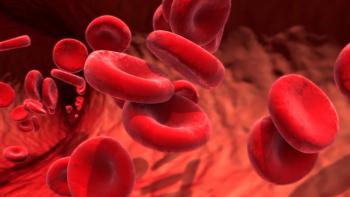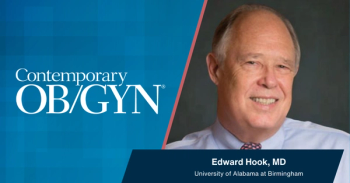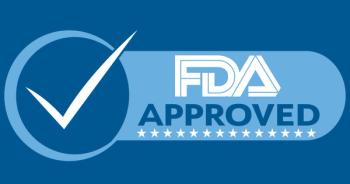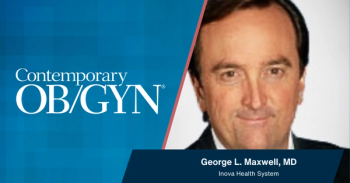
Physician-patient "speed dating" is catching on
Although hard data are difficult to find, physician-patient "speed dating" is increasing in popularity nationwide.
Although hard data are difficult to find, physician-patient "speed dating" is increasing in popularity nationwide. Speed-dating events, which generally are held by hospitals, typically feature 5 or 6 physicians and a few dozen prospective patients who are seeking "Dr Right." Patients are allocated 5 minutes with each doctor to ask general questions about the doctor's experience and practice before a bell or other signal announces that it's time to move on to the next physician.
The concept, which is popular in matchmaking and career networking circles, affords hospitals an inexpensive means to increase volume. Because the events are promoted through social media, YouTube videos, and e-mail newsletters from the hospital, marketing and advertising costs are minimal, and the novelty attracts media coverage and raises the profile of the institution and the physicians who participate. In addition, the screening process offers the potential for patients to recommend a physician to friends and family members and for physicians to make referrals to colleagues.
Hospital leaders claim that patients like the speed-dating format because they can meet a few doctors in 1 place without having to make an appointment and face a copay for each visit. Physicians who have participated in these events say they are happy with the ability to quickly meet prospective patients and identify those who are a good "fit."
Newsletter
Get the latest clinical updates, case studies, and expert commentary in obstetric and gynecologic care. Sign up now to stay informed.










